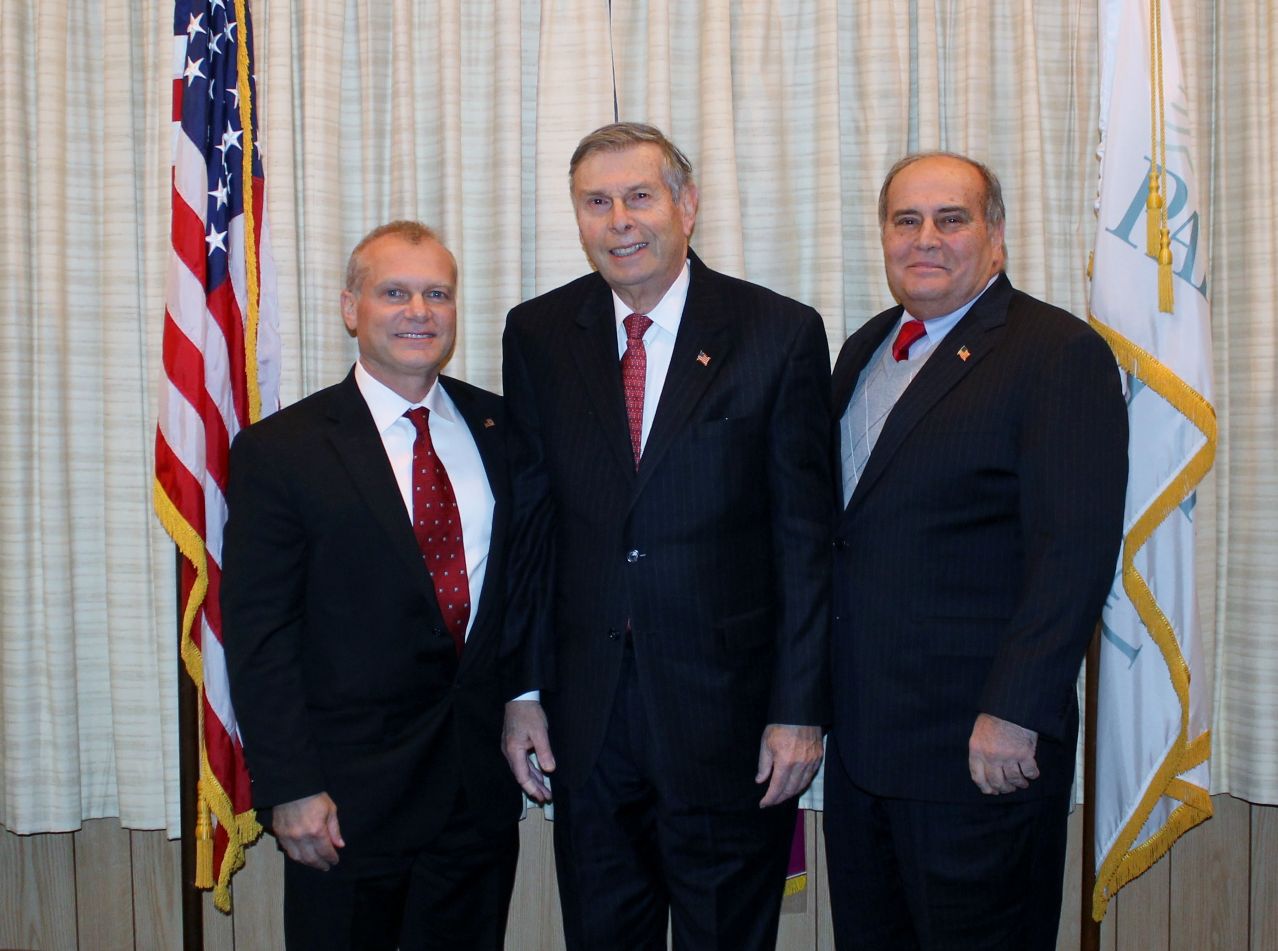Great Neck Park District commissioners awarded a $280,000 bid last Thursday for the first phase of the Memorial Field Project, a renovation plan for Memorial Field’s baseball diamond that has been questioned by residents concerned about synthetic turf’s long-term health impact.
“This will allow us to get improvements out there and continue any research and any information we can get relevant to what we do with field surfaces, which may be no change at all,” Park District Commissioner Robert Lincoln said.
Approved as part of a $6.5 million Great Neck Park District bond by the Town of North Hempstead in 2013, the turf plan is still under consideration by the park district’s commissioners, who in late August broke the project into two phases to prolong its analysis of natural grass and turf.
The first phase involves the renovations of a new backstop, new dugouts, and new bleachers for the baseball fields and the second phase involves the change from grass fields to artificial turf surfaces.
“Now they have to work on putting a contract together,” park district Superintendent Peter Renick said. “As soon as the contract is together then they will get started on the work, which will hopefully be by the end of this month.”
Patti Wood, co-founder of non-profit organization Grassroots Environmental Education in Port Washington, said residents asked her to come to the meeting to inform the board on issues using synthetic turf fields.
Wood said the board should consider the health impact on children using artificial turf made of crumb-rubber, calling it “undoubtedly a material children should never be exposed to.”
“Crumb rubber” is made from ground-up old tires and is combined with plastic grass to make most modern artificial turf surfaces.
According to the state Department of Environmental Conservation, there is concern that chemicals used in the production of such fields — including zinc, sulfur, black carbon and oils containing polycyclic aromatic hydrocarbons, among others — may be released into the air, albeit at low concentrations.
Wood added that failure to remove body fluids from a turf field is potentially dangerous to children.
“On a grass field they are completely taken care of. We never have to go around after a sports game and disinfect a grass field, nature takes care of it,” Wood said. “On artificial turf fields, they tell you that you should do it after every game.”
Lincoln said installing turf fields did have benefits to the public including quicker drainage when it rains and more cushioning for possible head injuries compared to grass.
Wood, whose organization conducts scientific research on environmental health issues as they relate to children, said turf would be safer for head injuries only if the district were to properly upkeep the fields.
“Unless you are maintaining those fields to have same kind of response or resiliency, you are going to have same type of incidents of head injuries on a synthetic field as you would on grass.”
The board was presented with a petition signed by 160 residents opposing the implementation of turf fields at Memorial Field, but Lincoln said more time was needed before they can decide what should be done.
“Understand that we are not making any decision about turf or field surfaces at that field at this time,” Lincoln said. “Our primary goal right now is to get phase one in place and up and running in the spring.”
Renick said board members further discussed switching to turf fields on Tuesday but were a “ways off” from making a decision.
The Great Neck Park District includes all Great Neck villages and unincorporated areas with the exception of Great Neck Estates, Harbor Hills, Lake Success, Saddle Rock and University Gardens.



